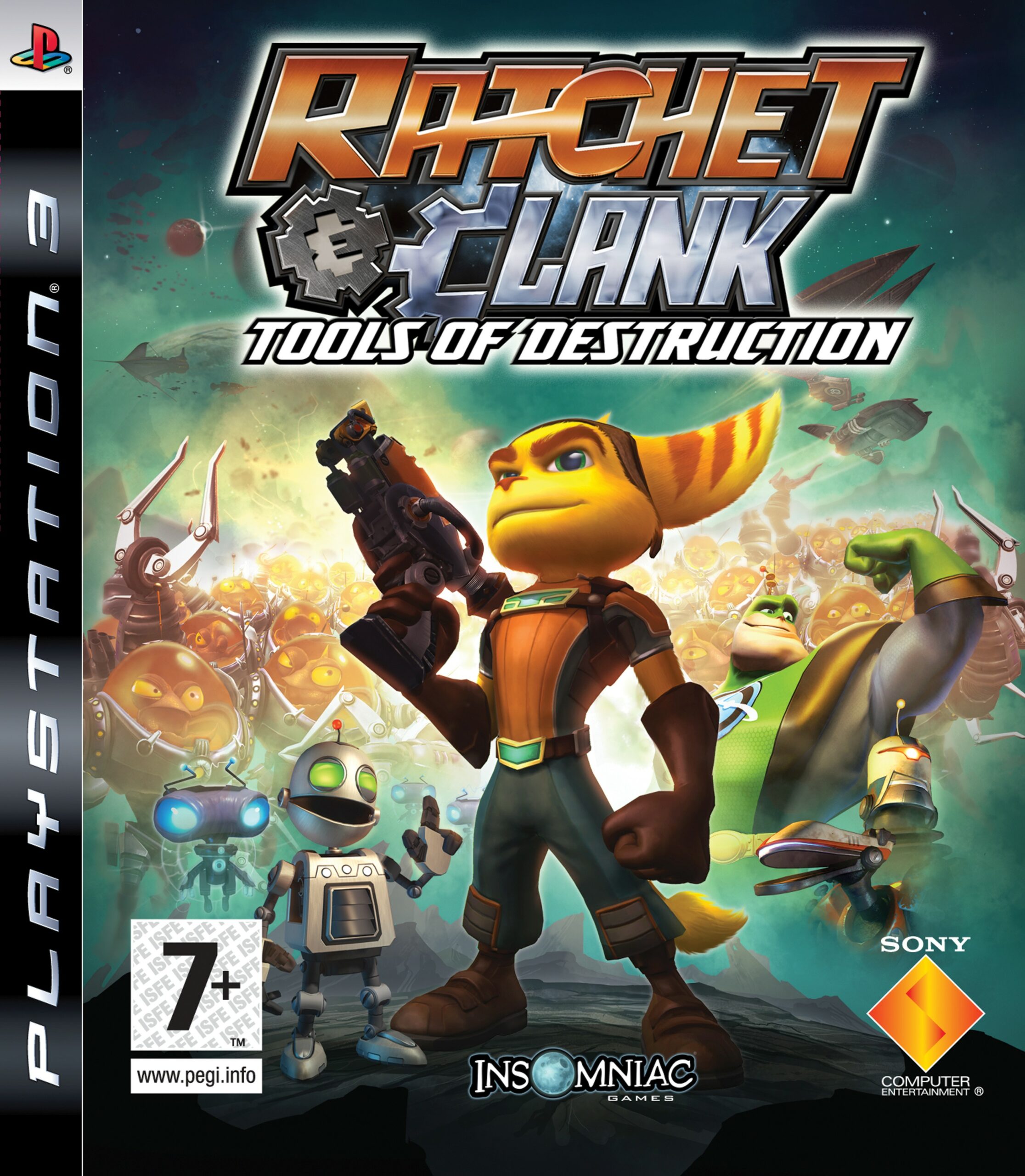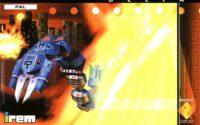Road Rash III: Tour de Force Review
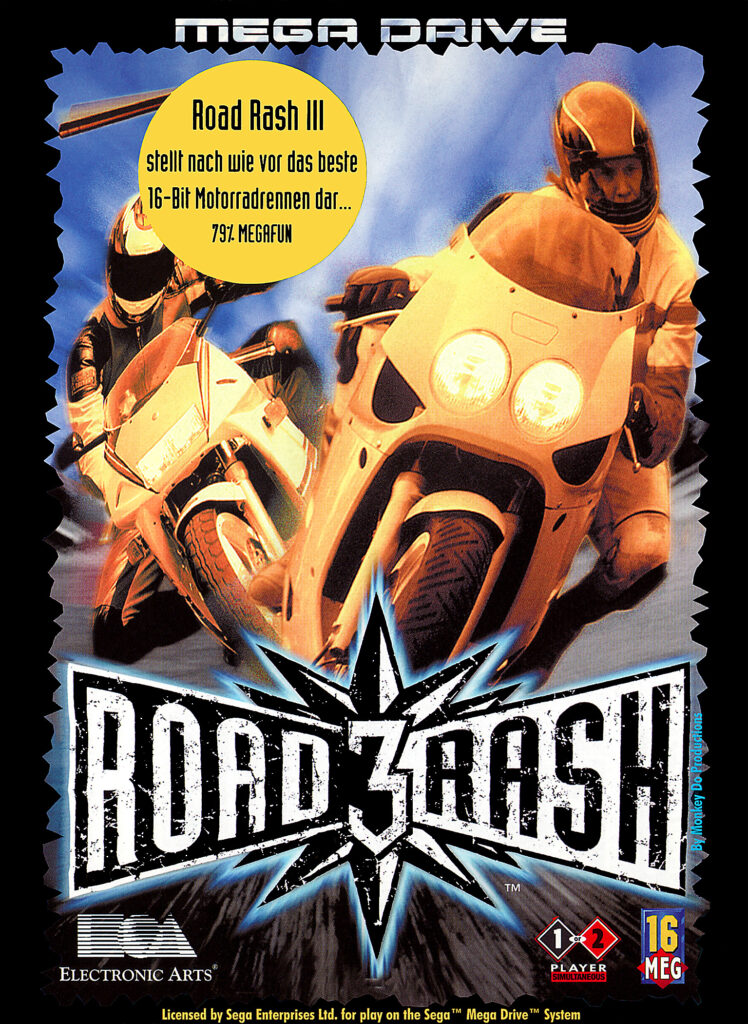
Brutal bike racing featuring long winding roads, numerous weapons and mean competition.
Story
Illegal underground no-rules bike races are arranged all over the world. As if it wasn’t dangerous enough to push 190 km/h on a busy highway, you might also end up making enemies that won’t hesitate to bash your skull open with a crowbar. The generous prize money and street cred has reached legendary status in the scene and thus there are many psychopathic racers who will go over dead bodies to get it.
The Game
Road Rash 3: Tour De Force is a bike racing game where you must reach the goal by any means necessary. Fighting and using weapons against rivals is commonplace as well as upgrading and buying new bikes (preferably with illegal nitro boosters).
As the name implies, this is the sequel to Road Rash II. The franchise has attracted something of a cult following over the years, much thanks to its controversial and unique theme as well as its instant appeal gameplay.
Road Rash 3: Tour De Force takes the franchise to the next level – it pushes the hardware limits of the Sega Mega Drive and innovates within the well established Road Rash frame-work.
Content
When the game starts you are playing as a newcomer to the racing community. That’s about as far as the story goes. You’re given $1000 and a laughable budget bike. The ultimate goal of the game is to become the champion of the league and get rich. In order to do this you will have to work yourself up the hard way – in other words winning one race after another and upgrading your ride as you go.
The game is played from a third-person perspective where you’ll see your entire bike from behind, giving you a nice view of the immediate surroundings. Since the game obviously isn’t rendered in a real 3D environment, it is instead based on sprites and sprite scaling that creates an illusion of depth. The road will take you over hills and through valleys, as well as numerous intersections where you’ll have to watch out for crossing traffic.
There are 25 races in the game set in seven different countries such as Japan, Italy, Great Britain and Germany. You’ll get to race the same stretches numerous times throughout the game, but as you progress through the levels (or ranks, rather) the races become longer and longer, and the opponents become tougher and tougher. There are five levels of ranks that you have to conquer.
In order to make progress you have to win each of the five races within your rank at least once. Doing this will take you to the next set of races with new competitors. Towards the end of the game you’ll get to race insanely long races against insanely fast and mean competitors.
The game is pretty open-ended in that you can repeat any race for as many times as you like. Doing this will allow you to earn some extra money, but there’s of course always the risk of losing money due to police fines or bike repairs.
Road Rash 3: Tour De Force can be played in four different game modes; Solo, Take Turns, Split Screen or Mano a Mano. Solo is the basic single player campaign, and Take Turns allows you to play it with two players taking turns to compete in races.
Split Screen will allow you to play the campaign with two players at the same time. It’s up to you if you want to cooperate or if you want to compete against each other. Both player’s progress is accounted for when advancing in ranks however, and if you want to even the score you can copy the password from one player to the other.
Mano a Mano is the two player vs mode, where you race a single race against another human player.
The game works great with all these game modes save for perhaps Mano a Mano, which is rather pointless and boring, and playing with two players on a split-screen mode will lower the frame rate significantly, which creates a more choppy experience compared to the single player modes. If you grow a custom to the down scaled screen size and lower frame rate, it’s fully playable and a whole lot of fun though.
During the races you can fight other racers with either fists, kicks or weapons. The usable weapons include chains, clubs, crowbars, cattle prods, tear gas, oil and more. Basically, the only way to get a weapon is to steal it from someone during a race.
Each racer has a stamina bar that indicates what condition that racer currently is in. Taking blows from other racers will drain the stamina bar, and when it’s empty you’re knocked off of your bike – but you’ll always be able to get back up, because stamina will regain over time. Crashing your bike however, is more serious. It will wear down the condition of the bike and when your bike is wrecked you have two options; either give up the race or run the remaining part of the race by foot!
A wrecked bike can always be fixed between races for a fee, and if you can’t cover the cost you’re either forced to restart the game or you’re given a final chance to take a hit job against a specific racer. The same happens if you get busted by the police and can’t pay the fine. If you fail this chance, then your racing career is over and you’re taken back to square one.
The strongest part of Road Rash 3: Tour De Force is its addicting design. The races are intense and exciting because you never know what’s going to happen next – police blockades, highway patrols, police helicopters, weather elements, wild life, obstacles and custom-built ramps keep the outcome of the race uncertain until you’ve reached the finish line.
Even though the game engine limits the level design to just a road with hills, valleys and curves, the game manages to stay fresh thanks to the steadily growing number of hazards that must be taken into consideration, and the fact that the competitors will also stay up-to-date with new bikes and weapons.
The game has support for saving progress with a password that can be entered from the options screen. The password will not save your player name, so you have to retype it every time you resume your game from the password. It also does not save your weapons inventory, so your weapons are lost. While these aren’t huge issues, it’s pretty pointless to enter the player name as it is only there for a limited time, and having a weapon certainly is helpful, especially in the later parts of the game.
Also a rather hidden feature in the game is that you can maintain a good relation to some of the competitors. Some of them won’t attack you unless you attack them. But once you’ve broken the truce, they’ll hunt for you relentlessly for the rest of the game.
After each race you’ll also be able to catch some hints (but mostly insults) from the other racers – again, depending on your relation to that racer. There is a whole lot of comments that you can receive and this gives some believable character to the NPC racers in the game.
The difficulty level is steadily increasing as you progress through the game. It does start out easy, but it will become really challenging towards the final races. It is sure to put up a worthy challenge even for hardcore gamers. And yes, the frustration of wrecking your bike in an unfortunate crash in a long endurance race only miles from the finish line is as unbearable as ever.
It should be noted however, that the challenge in this game is not mainly about learning the tracks by heart, even though it is helpful to remember the more tricky twists and bends. Rather, it is about learning to adapt to any given situation, taking the right risks and reacting to traffic conditions.
Controls
The controls are heavily influenced by what bike you’re racing on. There are 15 bikes in the game divided into three different categories; Rat bikes, Sports bikes and Super bikes. All bikes have distinct handing and speed properties, even if some of the differences are barely notable. The general rule is that the faster the bike is, the harder it is to keep it on the road.
Each bike can be upgraded in four areas; Performance, Tires, Suspension and Protection. These will also have an impact on the controls. With all things considered, it can be said that the controls are good, and that you also have the option to influence it by your selection of bike and upgrades. Even when you’re fighting numerous opponents while zigzagging oncoming traffic you are be in total control, granted that you’ve taken the time to learn the quirks of your bike – it is a huge factor in this game.
Graphics
The graphics are pretty simple but it does create a great feeling of speed. The sprite scaling isn’t overly convincing and most of the sprites look washed out, grainy and blurry. Each stretch of road has its distinct theme based on the location, so the atmosphere itself does have some interesting twists and turns.
As mentioned above, the frame rate of the game does suffer then played in the split-screen modes, but at least the frame rate stays steady even if it is low. This means that you can learn to adapt to it, rather than having the game surprise you with ugly slow downs when you least want it.
Also it should be noted that even though the game has different bikes, they all look the same during the race save for some color variations. Sure, the game may not have much eye candy, but it does make up for it in terms of gameplay and replay value.
Sound
The music is mostly based on heavy metal. The fake electric guitars are frequent, and the melodies are catchy and fitting to the theme of the game. The songs that play during the races often have references to the national themes of the countries that are represented in the game. The songs are typically speedy and composed to withstand prolonged listening. On the whole it’s pretty good, but the instruments used in the songs aren’t exactly pleasing to the ears.
There are also some voice acting in there, but it’s mostly screams and yells. Also hearing an opponent crash into an oncoming car is always sadistically satisfying.
Summary
Road Rash 3: Tour De Force is definitely one of the best racing games that you’ll find on the Sega Mega Drive. It has pretty much everything you could ask for in a game like this; brutal violence, nasty crashes, upgrades, mad rivalry, long winding roads to master and the fulfilling cross-country bike racing feel. Above all, it won’t grow old in a while, so you can keep playing it for weeks – and with two players there’s even more fun to be had. Quite simply, this is a high quality and timeless game that you can return to at any time and be certain that it will entertain you.
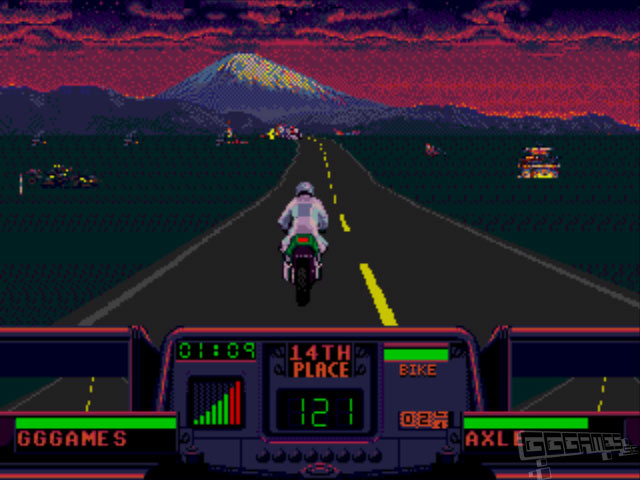
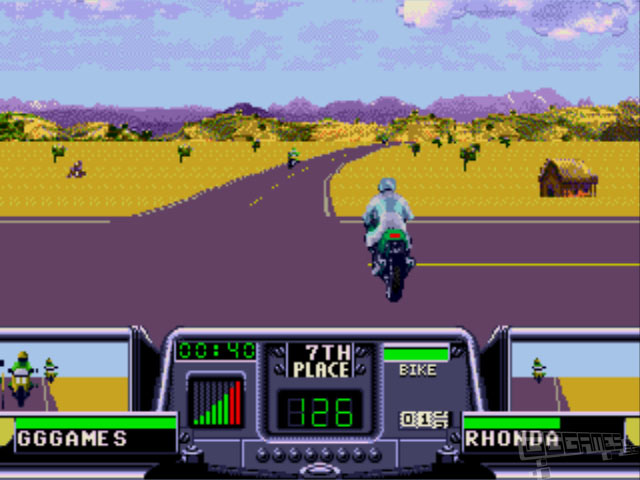
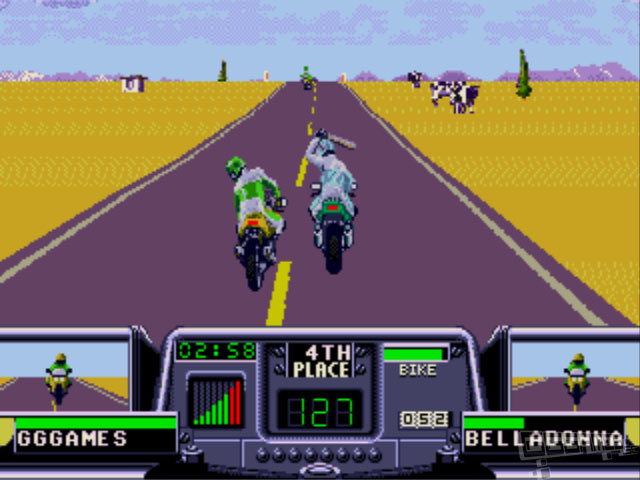
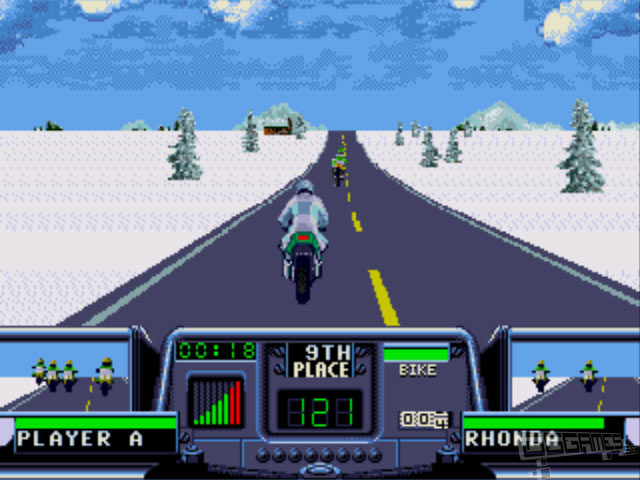
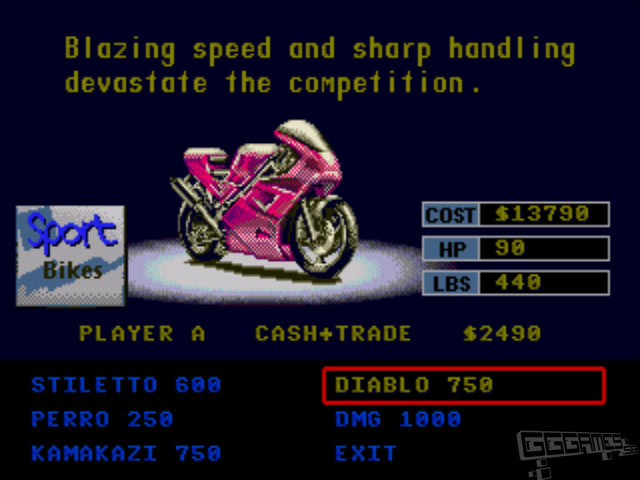
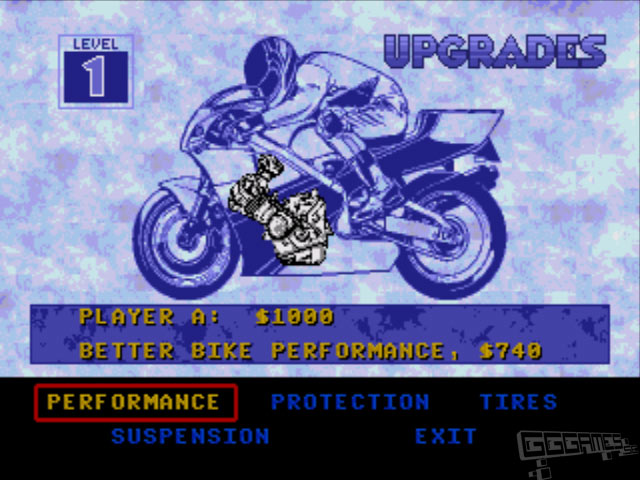
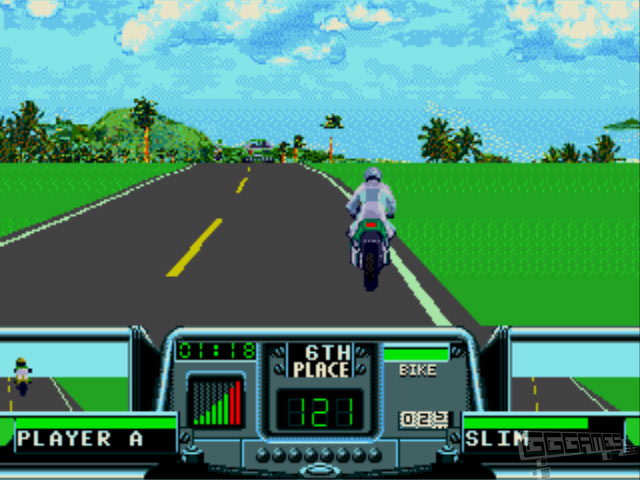
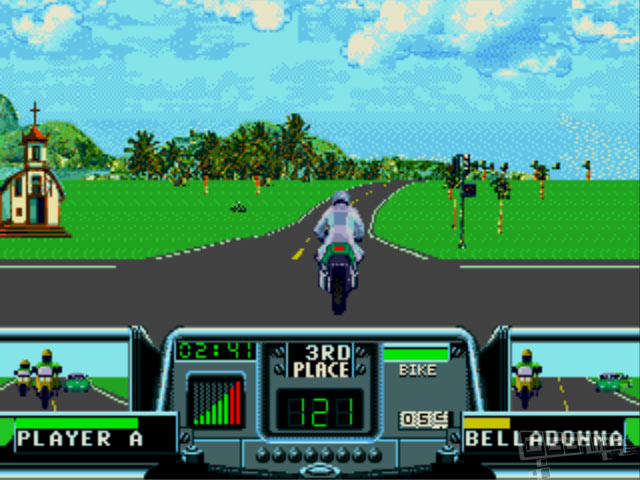
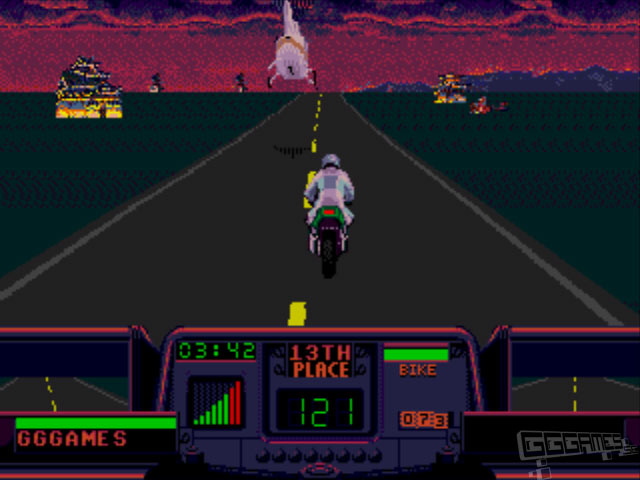
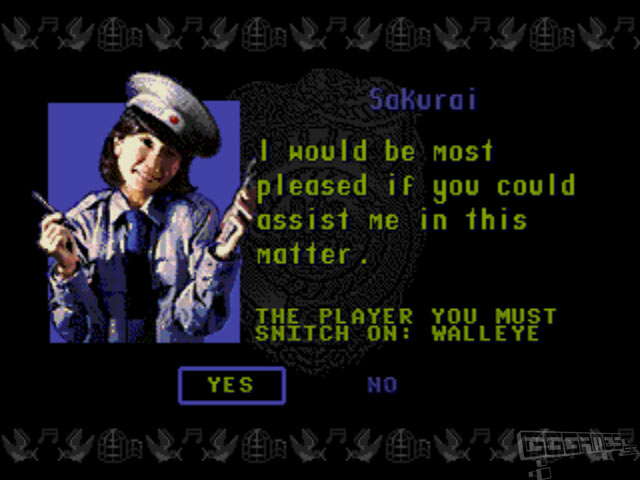
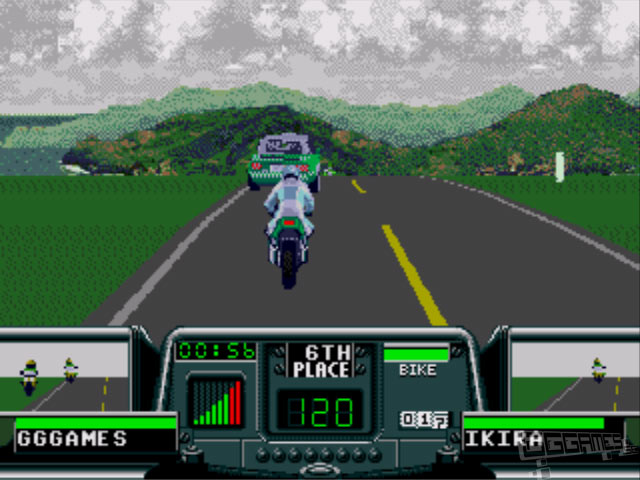
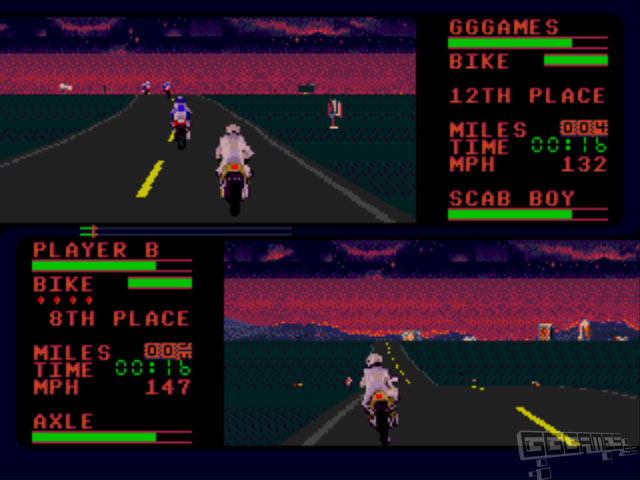
Developed By: Electronic Arts
Published By: Electronic Arts
Version Reviewed: Sega Mega Drive
Genre: Underground Racing
Players: 1-2
Released: 1995-05-15
About The Author
Mattias
Played my first video game in the 80's on the Commodore 64, and have been hooked since then. Loved the 16-bit era, the glossy magazines, and the colorful arcade games from that time.

